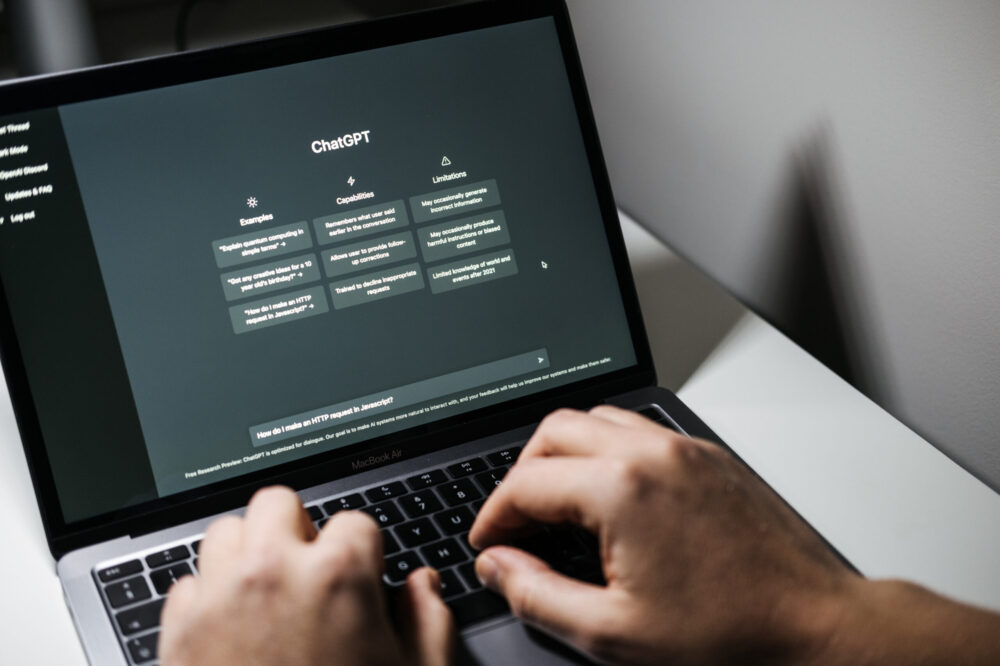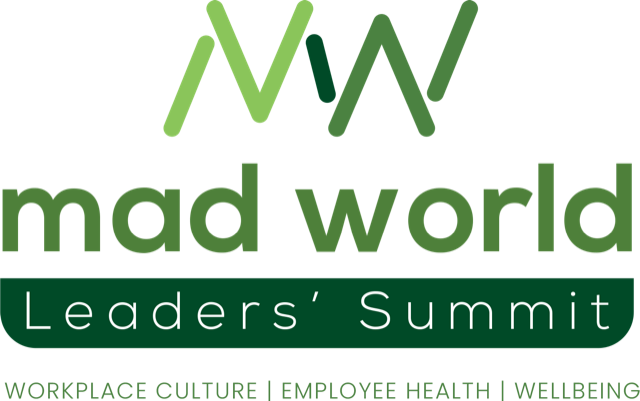“How do you provide personalised Health & Wellbeing benefits for all individuals, especially if you employ thousands of people globally?”
This is the question we hear from employers often – made even more challenging given the rise in cost of National Insurance and Private Medical Insurance, and the growing expectation from employees that benefits will be offered to all, not just the senior management.
“The cost of offering benefits in 2025 is going to be about 5% more than last year,” predicts Gethin Nadin, Chief Innovation Officer, Benifex.
Don’t miss our sister event The Watercooler on 30 April and 1 May 2025 in London where sessions include a look at how the next generation of EAPs can provide personalised pathways, a panel focused on inclusive and personalised health and wellbeing benefits and Gethin Nadin will be in conversation with Dr Rosena Allin-Khan MP. For more details on this event on shaping the future of work, health, wellbeing, culture and innovation, see here.
Benefits are non-negotiable
Nevertheless, if employers want to remain competitive in terms of attracting and retaining top talent, and creating a healthy, productive, sustainable workforce, benefits are non-negotiable.
Lyra Health’s research shows that “employees are actually choosing a company for the benefits that they’re going to get,” says Dr Catherine Mckinven, Clinical Lead Psychologist, Lyra Health.
And, indeed, this is what employers are hearing anecdotally, too.
“There will always be informal benchmarking against other companies, so we need to be competitive in our offering to new recruits,” says a global benefits and wellbeing manager at a multinational technology company.
“Particularly in the UK, there’s a candidate expectation of benefits. Often it’s only when an employee leaves a company that they truly realise the value of their benefits.”
But, with these rising costs and challenges around health and wellbeing benefits, coupled with the expectation of personalisation, employers need to get much more savvy.
We spoke to some experts for their advice on how.
Review what you’ve already got
A quick win is to get rid of duplication. Providers consistently tell us that employers often don’t know exactly what cover and health & wellbeing benefits they have. Some tell of clients who didn’t realise they were paying for four separate EAPs, for example.
“Take a step back and have a look at what you have in place,” says Katharine Moxham, Spokesperson, Group Risk Development (GRiD). “You almost certainly have an EAP. You might have some Private Medical Insurance. You might have some Income Protection. But, rather than looking at them in silos, you need to pull them all together.”
According to Moxham, employers often don’t realise how much providers can do for them and that both advisers and providers are happy to engage in this review process. “Additional support is non-contractual, but we do an awful lot to help. We can have a really good look at what you have, and how it interacts. You may have more than you think so it’s always worth undertaking this exercise.”
Debra Clark, Head of Wellbeing, Towergate Health & Protection, says the provider is increasingly being asked to carry out these reviews to look at the set-up of benefits. “Our job is to look at what they’ve got and the total spend and ask: is that the best way of spending that money, or would they be better off using it differently?”
Ask your provider for help on tricky cases
As well as helping employers get clear on their offering, Moxham suggests you can also get specific support with particularly tricky cases and say “I don’t know what to do with this case, can you help?”
“Firstly, this is a heads up to that provider that there might be a longterm absence, and therefore a claim, but secondly it means they can intervene early and provide that employee with tailored benefits that you might not think they would do,” she says.
Beware giving employees too much flexibility on certain benefits
Personalisation is generally a positive trend for the industry but there are some pitfalls, says Moxham, which employers must watch out for. She takes the example of group income protection which she describes as “as much an employer benefit as an employee benefit”.
“I would question the wisdom of flexing that completely,” she says. “An option might be to give a basic level of cover to every employee and allow them to flex up. This helps the employee but also helps with the overall employer mission, which is to keep this person in the workplace. After all, you’ve gone to the trouble of recruiting them, training them and they’re a useful resource so, in most cases, you want to keep them.”
The global benefits and wellbeing manager at multinational technology company we spoke to agrees and has found herself in this position:
“The default is to look at benefits from the employee perspective, but there are other things that must tally up such as the employer perspective, legal requirements, general market practice and budget.”
Less can be more
Personalisation can lead to overwhelming choice and, therefore, decision paralysis and low uptake.
Part of the knack of getting personalisation right is simplifying your offering so it resonates with (most of) your employees, rather than confuses them. So, simplifying your offering can be a helpful part of the personalisation process.
“You could just keep adding and adding on benefits and trying to address everything but you need to ask what’s actually important 1. To comply with legislation, 2. In terms of market practice and 3. To your employees and 4. to you as an employer for your employees,” says the same global benefits and wellbeing manager.
“If you want to have a programme for everything and you can fund that and communicate each benefit effectively, then fantastic. But if you have say a largely male dominated workforce of mostly 40–50 year olds then perhaps it’s better to look at the data available to you in terms of health risk factors and communication interactions and channel your personalisation to that group, monitoring engagement and ROI and adapting as needed.”
“Choice architecture” and “choice psychology” are topics that Nadin and his clients regularly discuss when planning benefits programmes. In his opinion, “over the years, I think we’ve confused choice with personalisation and in order to personalise benefits to a large group of people, we’ve given them a large range of choice”.
But a better way could be to pick benefits that largely cover the main segments of your employee base. Gethin likens it to picking jam off the shelf at the supermarket:
“When you look at the shelf, you’ve probably got a choice of 20 or so different jams, from the posh ‘Bonne Maman’ to your cheap value brand. But, I bet, if you look at the data, 90% of people are choosing the same three jams. So could you make the process easier by just having three to choose from – expensive, midrange and cheap – knowing that, actually, there are very few buying expensive lemon jam?”
Similarly, when consumers buy a car they are not let loose unguided (usually!) into a car park of thousands of cars; they are asked what they are looking for before they are given tailored suggestions.
“That’s what we need to start doing with benefits platforms,” he says.
Pick your EAP carefully
Some employers, and providers for that matter, have long been telling us that the traditional EAP model is no longer fit for purpose and it must evolve to keep up with today’s more complex market.
As a result, there are huge differences between the kind of care provided by different EAPs and there are some providers, such as Lyra Health, who are actively trying to “evolve” the model.
“There are certain perceptions about EAPs and what we’re trying to do is evolve the model so we can support alot more presentations than a traditional EAP would,” says Mckinven.
“We are saying ‘yes, we are an EAP but we are more high end and want to support the individual by offering more personalised care’.”
Employers like the global benefits and wellbeing manager we spoke to welcome the launch of these “more modern EAPs” where the provision is more personalised to the individual rather than just delivering the historically standard six counselling sessions, for example. This new iteration of EAPs use different models of care than the traditional ‘short term solution focussed model’ .
She gives the example of a neurodiverse employee who wants to have a monthly therapy session to talk about some of the challenges they’re experiencing: “this would be covered through a non traditional EAP model.”
She is also an advocate of adding coaching into the mix, too, because she finds, more and more, employees need this more tailored approach. Many individuals have a high level of self-awareness already – this could be through unregulated ‘therapy’ sources such as social media, podcasts and books, or could be through their own therapy.
“They don’t want to be told basic things like ‘could you take a walk at lunchtime to de-stress?’ They want to learn more about themselves, which is why I think new models of care which incorporate coaching can have more impact in terms of successful outcomes.”
Use ‘bridging’
As Mckinven says (and as Health Assured argued in this piece, too), “unfortunately EAPs have been sold at the cheapest point and we want to move towards seeing each case as an individual case, and not excluding individuals based on complexity; a more expensive model drives better quality, and therefore better outcomes for the employee and employer”.
Traditionally, in many models, employees have been offered a standard six sessions of counselling, which keeps costs down and makes employers feel they are providing support. But this service hasn’t been appropriate for complex cases, which is inevitably more expensive, so EAPs haven’t been able to provide care for these cases.
Exclusion criteria for complex cases can often leave employees feeling abandoned and unsupported with no where else to turn, leading to further distress and set backs, rather than really working with the individual to understand what can be done within the sessions available regardless of complexity.
“We seek to make an impactful difference to every service user; they always walk away with ‘something’ rather than ‘nothing’,” says Mckinven.
“We can also look at ‘bridging support’ by perhaps using the structured sessions available to offer low level interventions that provide vital safety and stabilisation until they secure specialist support. We will also try and link them in with their Private Medical Insurance for this support,” says Mckinven.
Of all the calls that come through to Lyra Health, the provider estimates that 80 – 90% end up needing this extra support.
This is undoubtedly a sign of the times. The world is a much more complicated place than when the first EAPs were launched in the 1940s in America, primarily to reduce alcohol addiction which was affecting workforces.
With all the complexity and anxiety today, from tech to geopolitics to climate change, there genuinely cannot be a ‘one size fits all’; helping to benefit your employees’ modern lives is, inevitably, a personal matter as individual as each one of them.
Don’t miss our sister event The Watercooler on 30 April and 1 May 2025 in London where sessions include a look at how the next generation of EAPs can provide personalised pathways, a panel focused on inclusive and personalised health and wellbeing benefits and Gethin Nadin will be in conversation with Dr Rosena Allin-Khan MP. For more details on this event on shaping the future of work, health, wellbeing, culture and innovation, see here.
You might also like:












